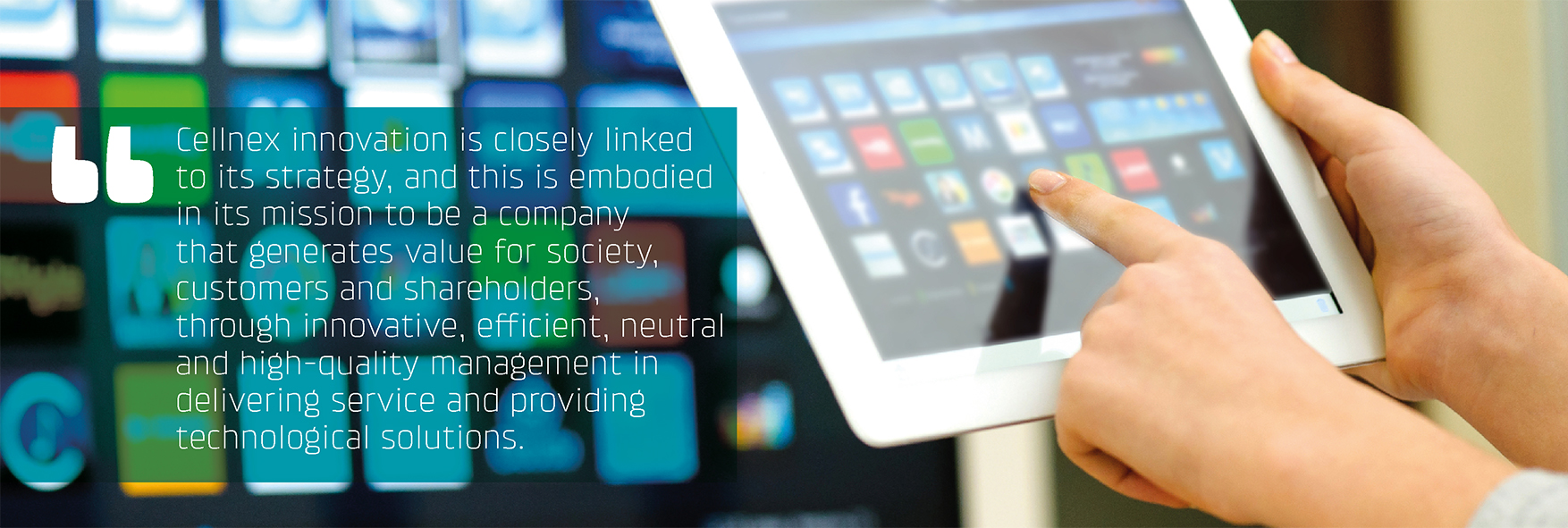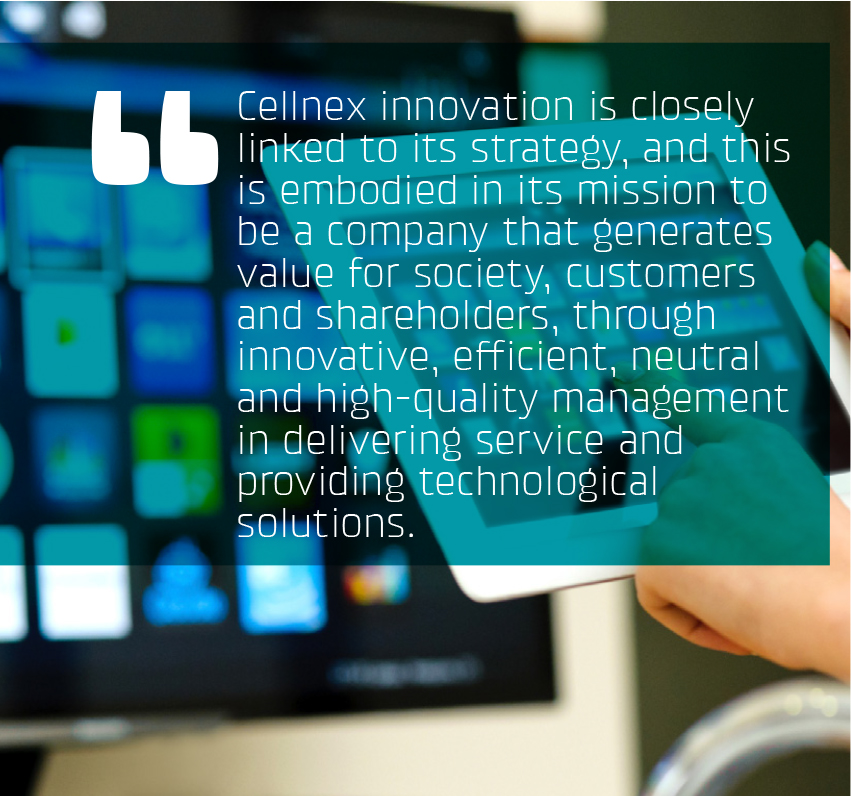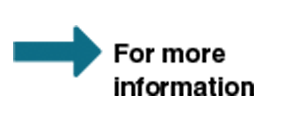5G-City
Project funded by the European Commission under the Horizon 2020 programme that aims to evaluate 5G technologies through very specific pilot projects in three European cities: Barcelona, Bristol and Lucca. Cellnex is responsible for ensuring that the equipment and infrastructure necessary for the deployment of neutral operators in the three cities are available.
FLEXNET
European project funded by the Celtic-Plus programme and coordinated by Cellnex, which aims to develop technology for software defined networks (SDN) and Network Slicing (multiple virtual networks over a single common physical network) technology, as part of the next generation of wireless communication (5G). The project is focused on surveillance and emergencies, and will develop specific applications for border control, security of port areas and people location, among others. Led by Cellnex, it involves 16 partners from six countries, including network operators, mobile operators, equipment manufacturers and universities.
LEAN
European project funded by the Celtic-Plus programme that aims to use 5G technologies to define an architecture flexible enough to meet ultra-low cost requirements and at the same time offer broadband Internet access in rural areas of emerging countries. The 5G sharing mechanisms will have to meet the new requirements for providing minimum services over long distances. Cellnex has the role of Spanish coordinator in the consortium as well as actively participating as a main player in the on-site demonstrations.
Veo5G
Project funded by the Centre for Industrial Technological Development (CDTI) and coordinated by Cellnex with the participation of the Operate company; it aims to provide the basis for a neutral operator or infrastructure provider so that they can make their infrastructure (access network, network core, management, etc.) available to third parties, and it can create new instances of virtualised services for the devices of neutral operators. Cellnex is taking part in the design of "multi-tenancy" architecture for the access network and network core, and in the development of tools for optimising resource allocation and management.
5GON
Project funded by the Generalitat de Catalunya (Catalan Government) through the Nuclis call for tenders. The project is coordinated by Cellnex and we are taking part with Nokia with the aim of developing a 5G multi-operator solution for validating services for neutral operators.
SolareRF
This project, funded by the Basque Government, aims to design, develop and validate in a virtual pilot project, a prototype RF centre isolated from or connected to the main electricity grid, that is energy efficient, with maximum security and quality of the power supply at minimum cost and environmental impact. The project also aims to design and develop the Levelised Cost of Energy (LCOE) calculation tool. Cellnex is responsible for defining practical cases, analysing energy storage and generation technologies and taking an active role in analysing the results for the validation of the RF station.





